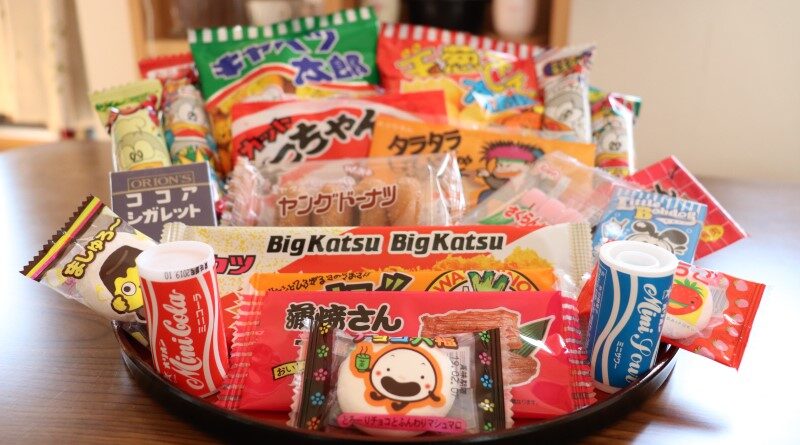
Dagashi: All About Japanese Kids’ Snacks
The snack aisle is in a Japanese supermarket can leave first-time visitors gobsmacked. From sweet to savory, Japanese snacks come in an extremely wide variety of flavors. Apart from the more conventional items like potato chips and rice crackers are small snacks ranging from 50 yen or less. These little nibbles are dagashi, old-fashioned treats. Most dagashi on the market today are fairly recent, but Japan has been gobbling up dashi for a long time.
The Origins of Dagashi
Dagashi is in fact quite old. During the Edo Period when sugar was quite expensive, dagashi referred to snacks sweetened with either fruit juice or syrup. Since those snacks were cheaper and the quality was not great, they got the name dagashi, a literary meaning “bad snack”.
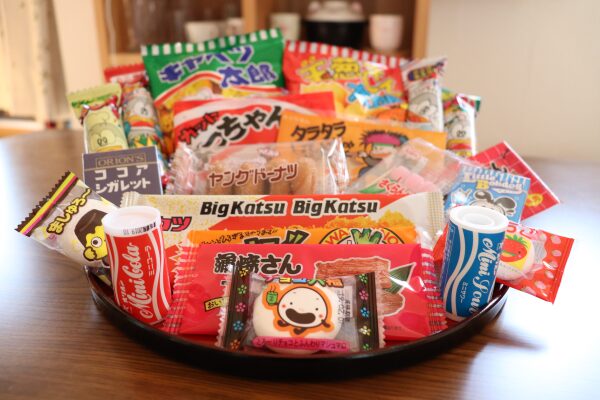
Most dagashi available in today’s market were invented after WW II. The brands specifically target kids, so often their flavors tend to be purely sweet more than anything. Not that long ago, many neighborhoods would have small dagashi shops where kids could go to buy snacks for field trips. Japanese children are only allowed to carry 300 yen on school excursions, so dagashi fit well in this budget.
However, the popularity dagashi is steadily declining because, not only do kids these days have much broader snack options, but also dagashi contains a lot of artificial ingredients.
Popular Dagashi
Even though their popularity is in decline, there are still plenty of dagashi that both children and adults enjoy. Here are the top 10 most popular dagashi in Japan today.
1. Umai-bo [うまい棒]
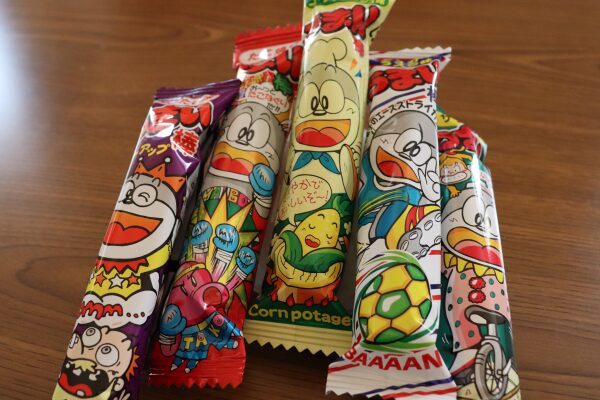
One of the most popular dagashi in Japan, Umai-bo is a puffed corn snack that comes in various flavors. First sold in 1979, it has always been very popular. They are so popular in fact that you can find them in both convenience stores and supermarkets. Among their 20 flavors, corn potage is the most popular, with the second being a mentaiko and the third takoyaki. Each stick is just 10 yen.
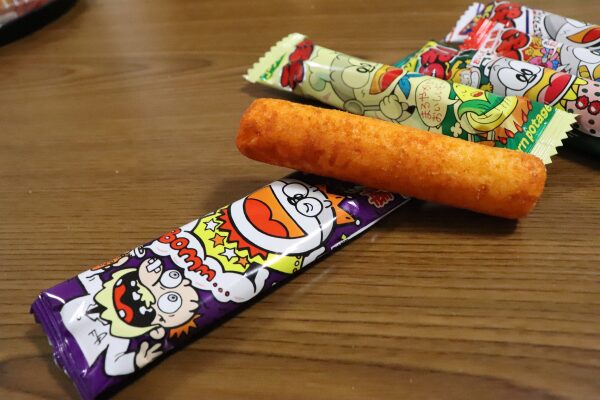
2. Yocchan Ika [よっちゃんイカ]
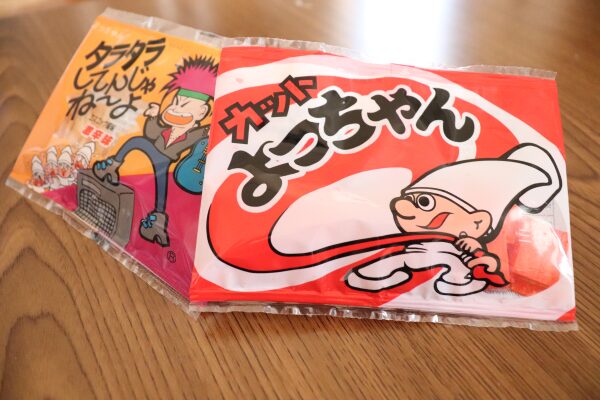
This pickled squid fish cake is perhaps a very odd snack to most Western visitors. It tastes like fishy Japanese pickles but the texture is almost gum-like. Yocchan Ika comes in a couple of different flavors including a spicy flavor called Tara tara shitenjane yo [たらたらしてんじゃね~よ] which I personally like much more than the original.
3. Cabbage Taro [きゃべつ太郎]
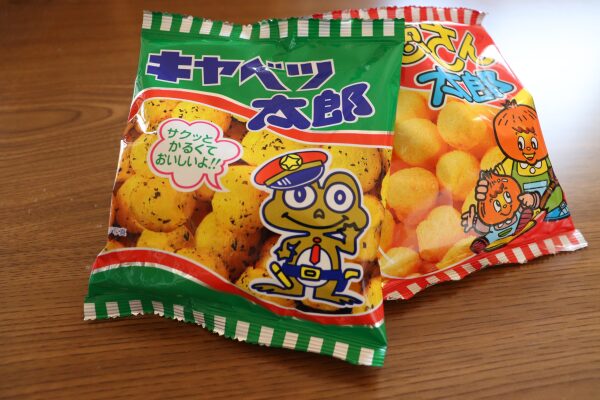
Despite the name, this product doesn’t contain any cabbage! This puffed corn snack debuted in 1981 and still enjoys popularity with children and adults. In fact adults like to eat this alcohol because it has a strong flavor. Cabbage Taro comes in two flavors, the traditional sauce and tamanegi santaro, the latter of which is a lighter onion flavor.
4. Kaboyakisan Taro [かばやきさん太郎]

Kaboyakisan is another pressed fish snack that might get a second glance for people not accustomed to the idea of fish snacks. This particular snack is made of pressed cod and comes in a handful of flavors with eel being the most popular. Yakiniku sauce and wasabi are also very popular. The texture is fairly chewy—almost like a kind of jerky.
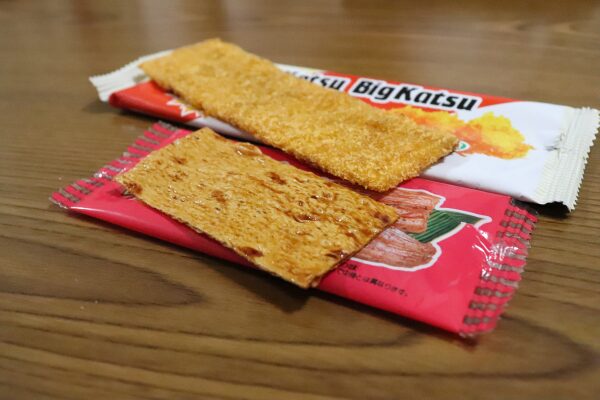
5. Kokoa Cigarettes [ココアシガレット]
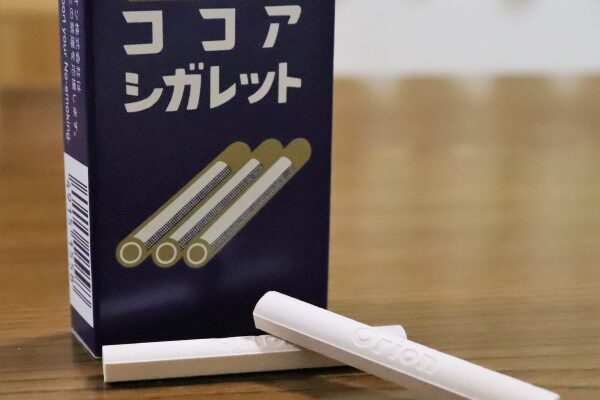
Finally something familiar! If you were a child in the early 90’ or before it’s likely you are familiar with candy cigarettes. If you have had candy cigarettes before then you aren’t in for any surprises. Kokoa cigarettes come in one flavor, ramune, and are produced by Orion, the Osaka-based company that also makes another dagashi, mini cola.
6. Gozakura Mochi [こざくら餅]
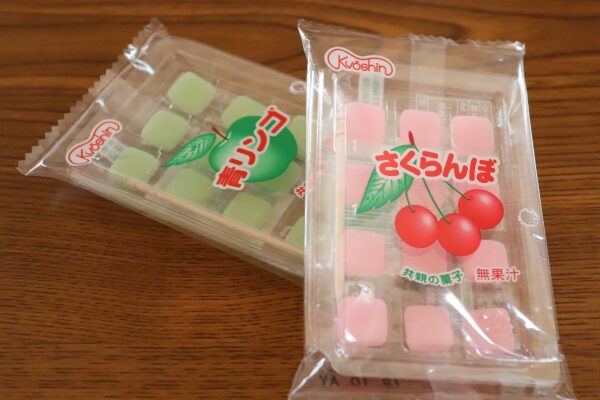
The name of this dagashi is a little deceptive because these not mochi, but a kind of gummy! That being said, they are pretty chewy for a gummy. Each packet comes with a little toothpick for you to pick up the candies with, though you don’t need it. The most popular flavors are cherry and sour apple flavor and each packet is 25 yen.
7. Choco Bat [チョコバット]
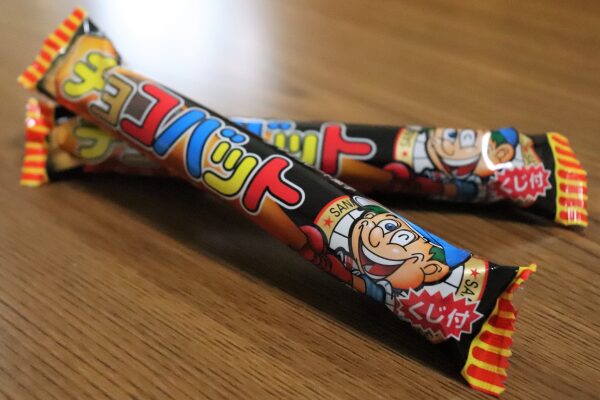
These chocolate-covered soft bread sticks were extremely popular in the 90’s not because of their taste, but rather because of marketing. Inside the wrapper of each stick is a hit and each hit is either in or out. If you get a total of 4 hits, you can get a free choco bat.
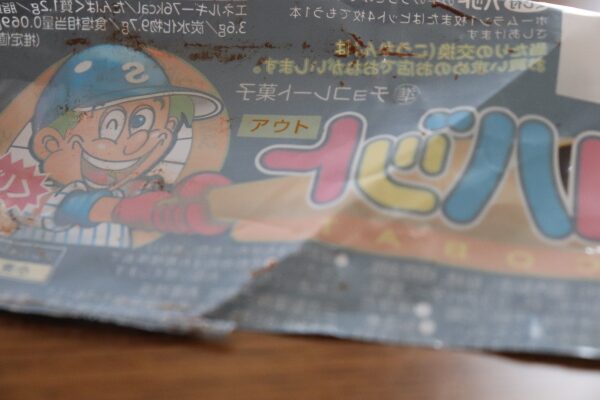
8. Young Doughnuts [ヤングドーナツ]
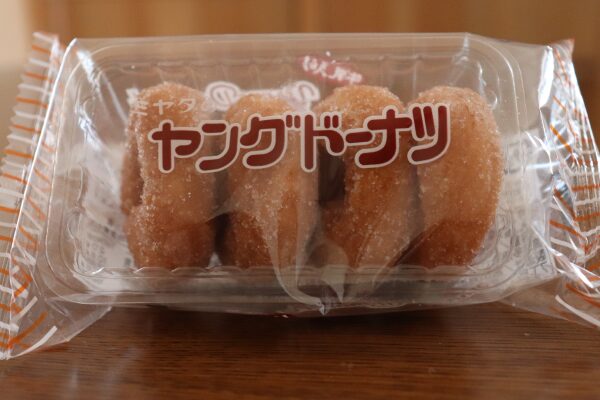
Though these are pretty straightforward, these little doughnuts are practically a staple when it comes to dagashi. These little guys are unique in one way; they a pretty traditional Japanese version of a doughnut. Back at the turn of the century, doughnuts were originally a lot less cake-like. They had a noticeably drier texture and were less sweet as well. If you are curious what the first Japanese interpretation of a doughnut, you will get very close to these.
Daifuku [大福]
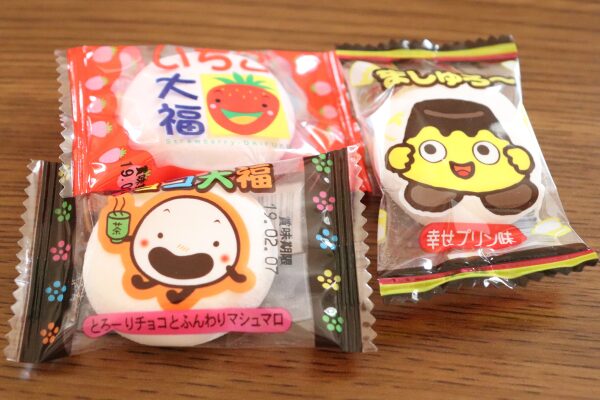
Another deceptively named dagashi as they are not daifuku at all; they are marshmallows! These bite-sized marshmallows come in three different flavors: chocolate, strawberry, and happy pudding. Of the dagashi on this list, these were one my my favorites.
Baby Star Ramen [ベビースターラーメン]
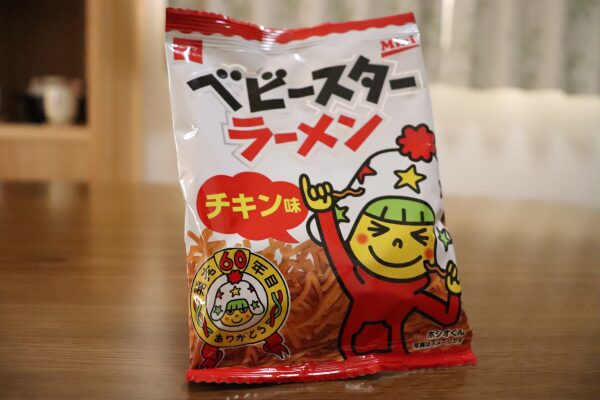
Last on this list is a dagashi that is even more popular than Umai-bo, Baby Star Rame. Invented in 1959, this crunchy thin noodle snack was a hit right from the start. One of the reasons Baby Star is so popular is that they actually use instant ramen powered.
They come in a wide range of flavors with chicken being the most popular. Baby Star has remained popular for a very long time and Oyatsu Company’s website is also pretty extensive and even offers recipes.

Leave a Reply